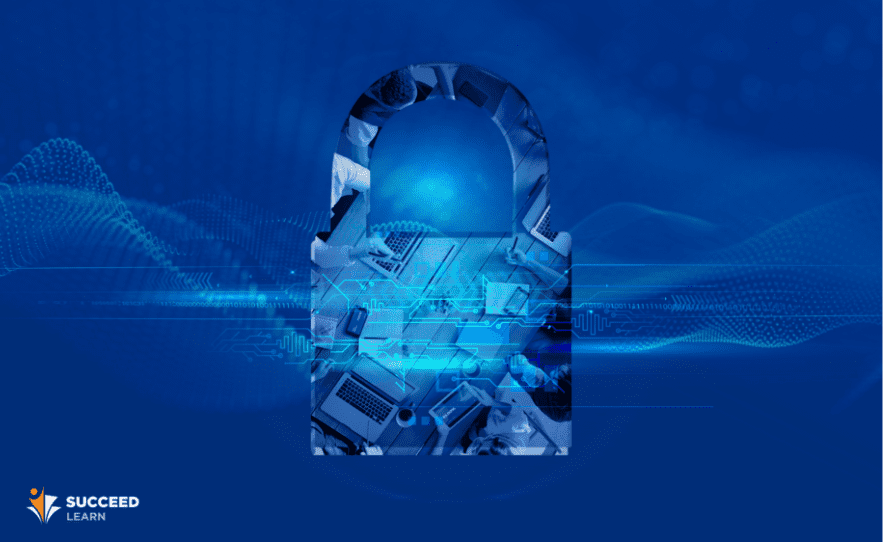
Information security best practices for employees in 2020
Information Security & Cyber Security are used interchangeably to indicate the practice of preventing illegal access to information, be it personal or professional. In the era of the internet, it is impossible to remain recluse of the technology advancements. One has to indulge in using the internet for various reasons.
Many companies deal with tremendous data transactions & storage for carrying out their business in the market. Many employees who work for organizations are often not educated with safe practices to prevent sensitive information leakage during everyday affairs. This can cause unexpected damage to the business. Hence, it is crucial to recognize & implement information security 2020 best practices to gain precise control over internal businesses.
1) Information security employee training:
The common ways of information violence can be classified under malware attack, phishing, spoofed domains, password breach, etc. Ransomware attacks through emails and ad baits are techniques used prevalently. Many employees are negligent on practicing safe-data maneuvers when it comes to information security compliance. It is important to demonstrate and promote using safe practices within the teams through information security employee training for better solidarity of privacy.
2) Summoning a specialized team for IT security awareness:
A team specially trained for keeping track of information security status has to be met for every organization. The team can be the internal staff or hired personnel with exclusive experience in security maintenance. Having the internal team might be effective in certain ways because the staff will be directly involved with the internal operations across various departments. The key responsibility of the team would be to conduct simple training sessions periodically, which would educate the staff on advanced techniques required to address day-to-day security essentials.
3) Analyze the risks
Every organization is unique in terms of its extent of the operation, nature of work and depth of technology implementation. The risks associated in each case varies proportionally with the size and complexity of the organization. The depth of security monitoring required depends on the risks associated. Apply deep-rooted security policies for companies dealing with larger risk factors.
4) Secured Practices on Social Media Invasion
Being an organization with an impression on the internet via websites, ads, and other means, it is at times inevitable to refrain from social media sites. Social Media accounts to a major data leak, owing to fragile authentications for passwords and official mail ids. The employees who are responsible for social media marketing must be given substantial training in implementing healthy practices while dealing with susceptible data, which gets compromised often due to negligence & lack of awareness.
5) Multi-factor authentication
Password attack is one of the easiest keys to sensitive information and it is one of the most neglected steps followed. Many people often use the same password across various sites to avoid loss-complications. But unfortunately, it leads to direct data access and forms the brittle closure. Hence it is important to incorporate 2-factor authentication or multi-factor authentication for safe data access & restore.


